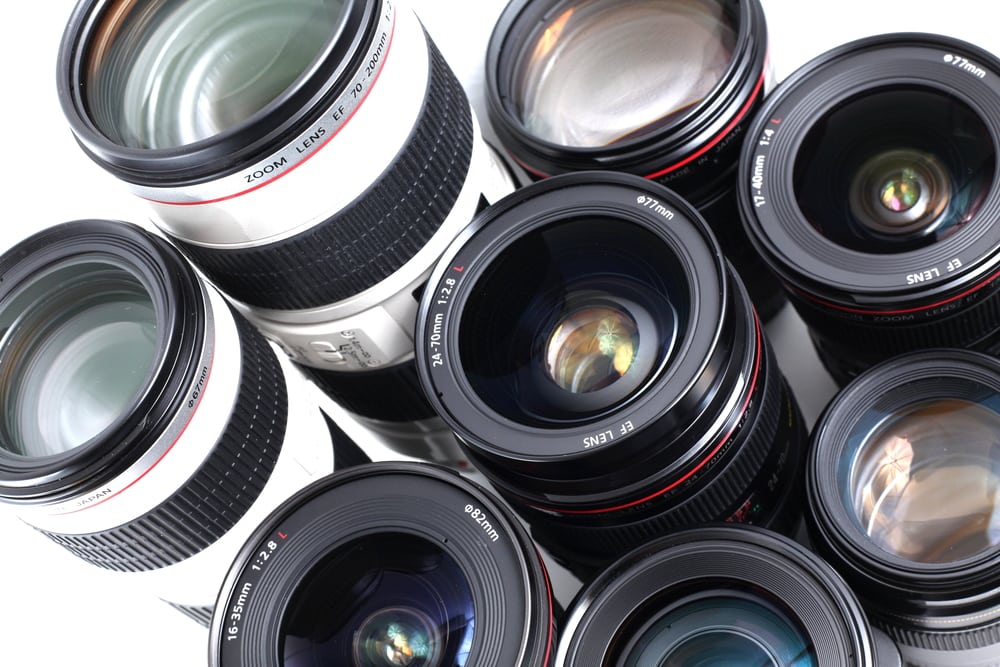Whether you are shooting on a brand-new mirrorless camera or you got a vintage film camera from the early 1900s, picking the right lens for you can be a challenge. There are more types of lenses out there than most people expect. In fact, we’ve probably got a few types of lenses on our list that you’ve never heard of!
We put this list together to cover everything from the basics like prime and zoom lenses all the way over to the more esoteric options like LOMO and Deakinizer lenses. We built this list by chatting with everyone from beginner hobbyist photographers, to working wedding photographers, and even artists working to expand the horizons of photography.
Your choice of lens is going to shape everything from the style of photography you’re shooting to practical considerations like budget and the camera you can work with. Each of these types of the camera lens is designed for specific styles, and working needs, and each different lens has something unique to offer.
Different camera lenses can shape how much of a scene you can get in the frame, how far away you can zoom in on a subject, and can even let you change the colors of the images you’re taking a picture of.
Here’s each type of lens we’ll be exploring. Want to skip right to a specific type of camera lens? Just click the link below in the TOC.
Let’s explore every type of camera lens and what makes each one unique.
The Types Of Lenses
Picking a camera lens often means choosing between dozens of options. You have to pick different focal lengths, decide between different features, and even choose the type of lens you’re looking for.
Prime Lenses
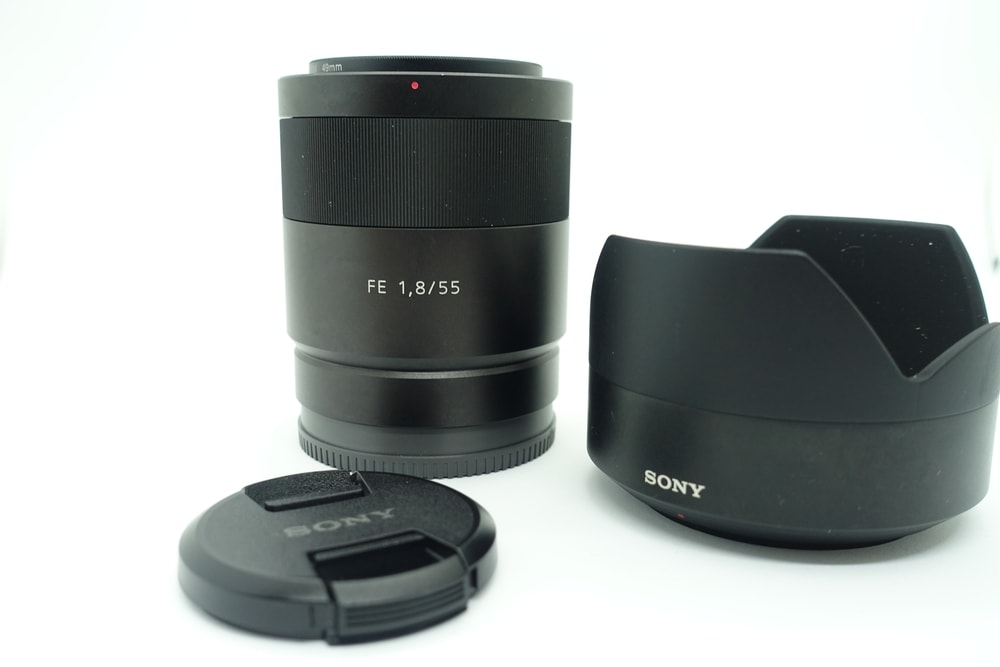
Prime lenses are known to be some of the best types of lenses out there, but what makes them different?
A prime lens is a type of lens that only has one, fixed focal length. This means that the lens can’t change focal length or “zoom.” This also means that these lenses have a simpler design and fewer parts.
Prime lenses are used for all styles of photography but are especially common in portraiture, macro photography, and anywhere you don’t really need to zoom.
People often think that prime lenses mean short focal ranges, but you can get prime lenses in 135mm, 200mm, and even 300mm focal lengths. The 50mm is one of the most popular lenses out there.
If you’ve hung around photographers long enough, you probably heard someone say that prime lenses are better than zoom lenses. However, do you actually get better images with prime lenses?
Prime lenses have fewer moving parts which mean that they are less prone to breaking down. They also produce slightly cleaner images, but with how advanced lens technology has gotten in that advantage is pretty marginal.
Zoom Lenses
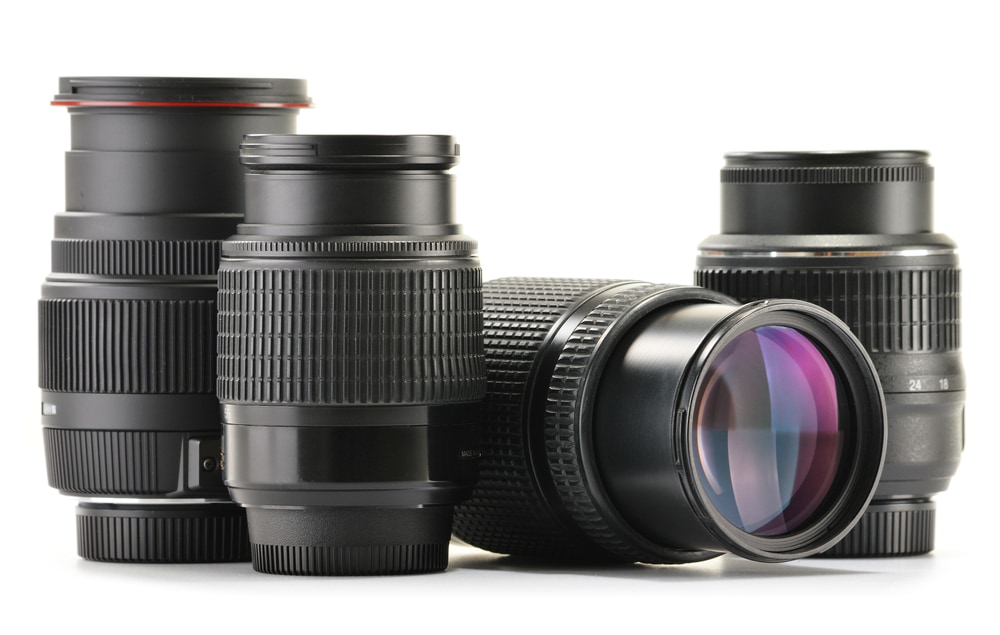
Zoom lenses are arguably the most common type of lens out there. A zoom lens is any lens that can change between focal lengths. This allows photographers to “zoom” in or out. The kit lens that your camera came with was likely a short telephoto zoom lens.
There’s a common misconception that zoom lenses allow you to zoom really far away. Only some zoom lenses, known as telephoto lenses, have this capability. You can also have wide-angle zoom lenses that are great for landscape photography or interior photography.
Zoom lenses used to have a bad reputation for worse image quality. This was because all of the glass elements needed to facilitate the zooming caused some visual distortions. However, lens technology has gotten better, and zoom lenses produce clear images than ever before.
Macro Lenses
A macro lens is purpose-built for a special type of photography known as macro photography. If you’ve ever seen a really close up picture of a flower or an insect, that’s macro photography, and it was done on a macro lens.
Technically speaking, a macro lens is capable of producing a magnification ratio of at least 1:1 or greater. This means that it’s capable of producing an image that’s greater than the real life-size of your subject. A macro lens can also have a built-in LED light that helps to eliminate these difficult to light shots.

Macro lenses also have interesting potential and other styles of photography. It’s common to use macro lenses in portraiture, for example, to get more interesting results.
Telephoto Lenses
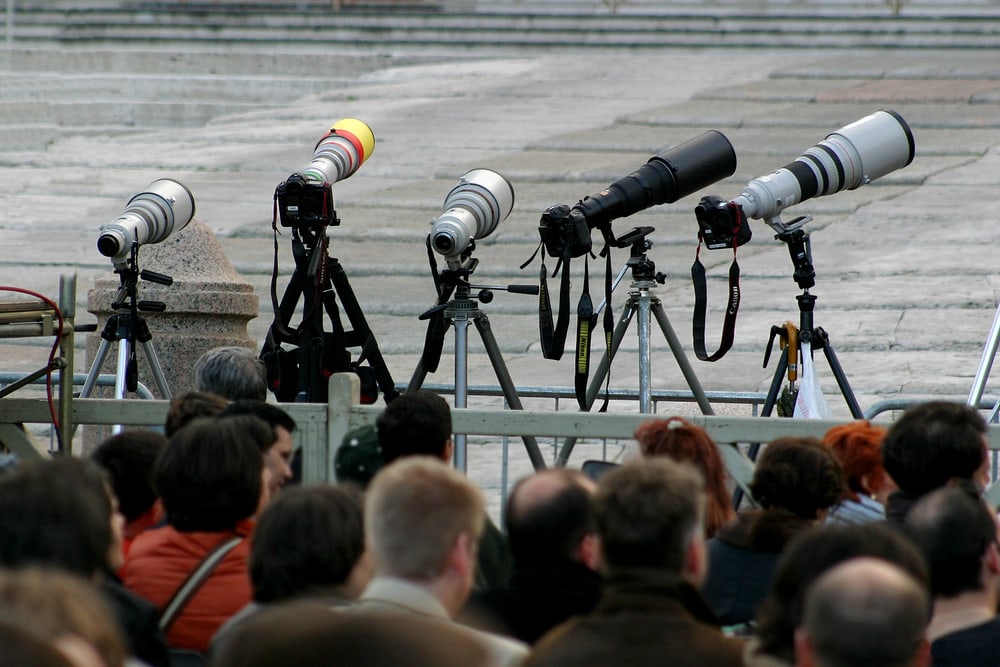
Telephoto lenses are very interesting on a technical level. The use a group of lenses known as the “telephoto group” to achieve a focal length that shorter than the length of the lens itself. A 300 mm telephoto lens will be well under 300 mm in length, for example.
It’s worth noting that not all telephoto lenses have long focal lengths, and you can have a lens with a long focal length that isn’t a telephoto lens. There are 500 mm non-telephoto lenses that are 500 mm long.
Let’s look at the three most common types of telephoto lens.
Short Telephoto
The first thing we need to say is that there’s some debate about what focal lengths fit into what categories. This can change based on the type of film you’re using or who you are talking to, but there is a general consensus.
Short telephoto is defined as any telephoto length that’s between 85 and 135 mm in length. These lenses are great for short telephoto work like portraits, and can even be used as versatile everyday lenses.
Medium Telephoto
Medium telephoto lenses come in at 135 mm to 300 mm lengths. These lenses are ideal for everything from wildlife photography to sports photography. Whenever you have to be physically far away from your subject, medium telephoto lengths are exactly what you’re looking for.
Super Telephoto
Super telephoto lens covers everything above 300 mm. Some common super telephoto lenses are the 500 mm and 800 mm lenses, but there are lenses that are even longer like the Canon EF 1200 mm super telephoto lens.
Super telephoto lenses are used for professional sports and wildlife photography. If you’ve ever been to a major sporting event, you’ve probably seen a photographer on the sidelines wielding one of these lenses. This is how they get close up shots of professional athletes mid-game.
These lenses are also ideal for sensitive wildlife photography. While medium telephoto lenses can handle most wildlife, a super telephoto lens is ideal for animals that are either too dangerous, or too nervous, to get anywhere near.
Superzoom
Superzoom lenses are an interesting and highly specialized kind of lens. Regular zoom lenses typically offer 3x or 4x magnification with their zoom ranges. However, a superzoom lens can offer anything from 10x magnification to 18x or more.
There’s no clear definition for what a superzoom lens is, but that’s because they’re just so rare. There are only a few superzoom lenses in existence and companies are reluctant to make too many of these. There’s just not a lot of demand for the superzoom lens.
While normal zoom lenses have become nearly as good as their prime lens counterparts, superzoom lenses still have a lot of distortion at both extremes of their zoom. This is one of the reasons why superzoom lenses aren’t quite as popular as our alternatives.
Wide Angle Lenses
On a technical level, a wide-angle lens is any lens with a focal length less than 35 mm. This only cover focal length ranges from 24 mm to less than 35 mm.
Wide-angle lens allows you to get more of the scene into your shot. If you’ve ever struggled to fit everything in frame when you take a picture, a wide-angle lens might be what you’re looking for.
Wide-angle lenses are often used for landscape photography, astrophotography, and interior photography. They also have interesting applications when it comes to videography and cinematography.
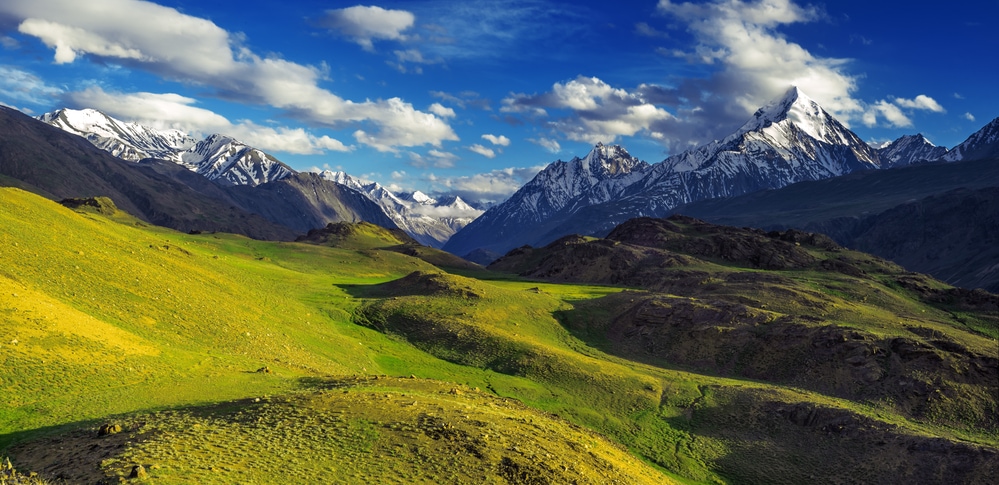
Ultra Wide Angle
An ultra wide-angle lens is any lens that has a focal length less than 24 mm. These lenses offer extreme wide-angle potential.
If you’re familiar with the term fisheye lens, that’s an ultra wide-angle lens that can even be as wide as 6 mm. These lenses can fit much more of a scene in frame, but they also tend to have a lot of distortion. However, that distortion is part of their charm and style and many photographers actively look to use wide-angle lens distortion to achieve an artistic effect.
Standard Lenses
A standard lens has an interesting definition. A standard lens, also known as a normal lens, helps a photographer to produce an image that’s roughly equivalent to what the human eye naturally sees. This can be anywhere between 35 to just over 50 mm and focal length.
The focal length of a standard lens often depends on the type of film being used or if the shot is being taken on a digital camera. There’s also a little debate about what counts as the standard lens since how the human eye perceives vision is considerably different from how a camera captures an image.
Specialty Lenses
There’s no solid definition for a specialty lens. This is just any lens that’s purpose-built to deliver a very specific results for a photographer.
Here are a few common types of specialty lenses:
- Soft Focus — soft focus lenses allow photographers it to get images that are a little blurry with a lot of diffused light
- Bokeh — There are also lenses that deliver amazing bokeh like the Helios 44
- Toy Lenses — These are lenses from brands like Holga that are made of plastic and meant as toys, but have seen an uptick in serious photography
- Lomo — LOMO was a type of camera made by the Soviet-era Leningrad Optics and Mechanics Association and has come to gain a second life as a term for specialty analog, vintage, and unconventional photography gear
Fisheye Lens
A fisheye lens is both an ultra wide-angle lens and a specialty lens. It takes an ultra wide-angle photograph that has a noticeable visual distortion. Fisheye images are often rounded and tend to bulge out in the center.
Rather than being a detriment, the style of a fisheye lens is popular amongst photographers from a wide range of styles. Fisheye lenses are used in everything from street photography, to portraiture, to just about any other style.
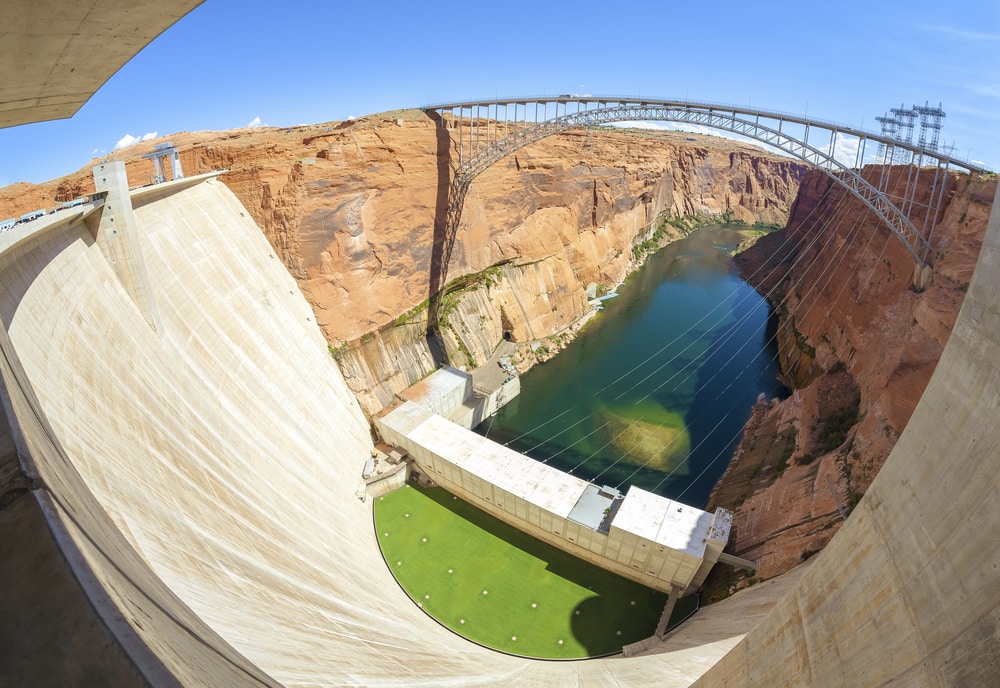
Tilt Shift Lens
A tilt shift lens, also called a perspective control lens, allows photographers to move the position of the lens relative to the image sensor. This changes the focal plane of the image and dramatically changes the depth of field.
These lenses are popular amongst architectural photographers who use them to achieve pictures of buildings that don’t look like they were taken by someone standing on the ground. They can also be inverted to produce some stunning, and interesting, visual effects.
A Deakinizer Lens is a type of tilt shift lens that produces color diffraction and vignetting around the edges of the image.
Infrared Lens
An infrared lens is a specialty lens that is designed to dramatically reduce the types of light that can reach the sensor or film in your camera. This produces striking images that are in color, but mostly contain hues of pink, red, and teal.
An infrared lens also makes images slightly darker which means that photographers need to change composition in order to compensate for the lack of light reaching the image sensor.
These lenses are an excellent choice for anyone looking to explore the different ways that color can be used on film and produce some truly impressive results in the process.
Split Diopter
A split diopter lens is often used in cinematography. This is an attachment that you can place on any camera lens that gives you two distinct focal plans. This allows you to have the foreground and background in focus simultaneously.
This allows you to create some striking visuals where a subject in the extreme foreground and a subject in the extreme background can both be in focus together. This is often used in movies when two characters are very far away, but both need to be in focus for the scene.
A Guide To Camera Lens 101
Now that we’ve covered every type of camera lens out there, we should also take a look at a few basic facts about camera lenses.
Types Of Lenses In Cinematography
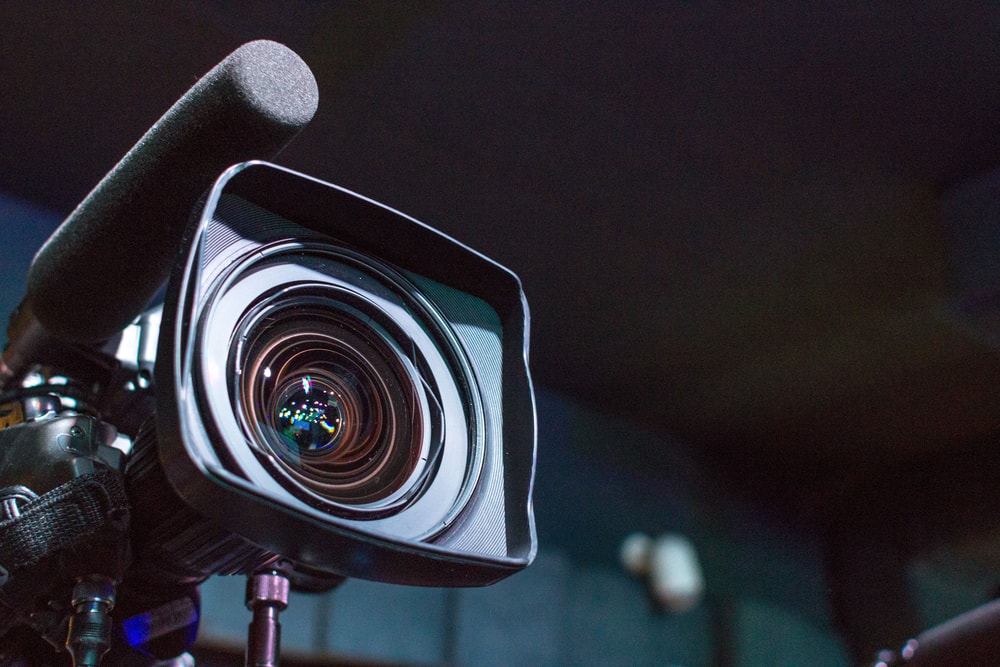
Cinematography is the technical term for the type of camera work that’s done on movies. The lenses used for cinematography have a few big differences from traditional lenses.
The two most noticeable differences are that cinematography lenses have internal focusing controls, so the lenses do not change size when you zoom. They also have hard stops while focusing which allow cinematographers to keep subjects in focus even while moving with greater control than with regular photography lenses.
Cinematography lenses also have T-stops instead of f-stops. F-stops measure the size of the aperture while T-stops measure the absolute amount of light entering the lens. That extra precision is much more useful for cinematographers who need finer control.
Cinematography lenses are also designed with film in mind. The anamorphic format is a widescreen look when shot on a 35 mm movie film. Anamorphic lenses are common for cinematography but rare for film.
Type Of Lens Used In Mobile Camera
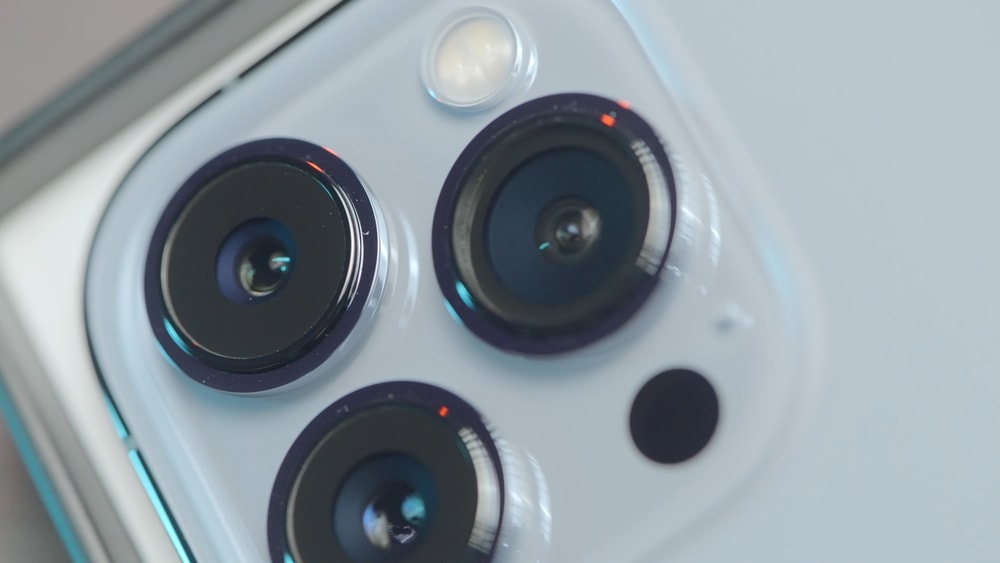
The most popular camera out there today is the one that’s already inside of your phone. There are more people taking pictures than ever before in human history and that’s because we’re all carrying cameras every day of the week.
Your camera phone probably has a wide-angle lens and maybe a slightly more zoomed-in option. It’s worth pointing out that most smartphones use optical zoom merely magnifies a digital image rather than physically moving a lens.
Your mobile camera also has a mounting system like the Canon EF-S lens mount or the Canon EF-M lens mount. However, the mounting system for the lenses you’ll be using on your smartphone is going to connect to the case rather than the phone itself. A common option is the M-mount system from Moment.
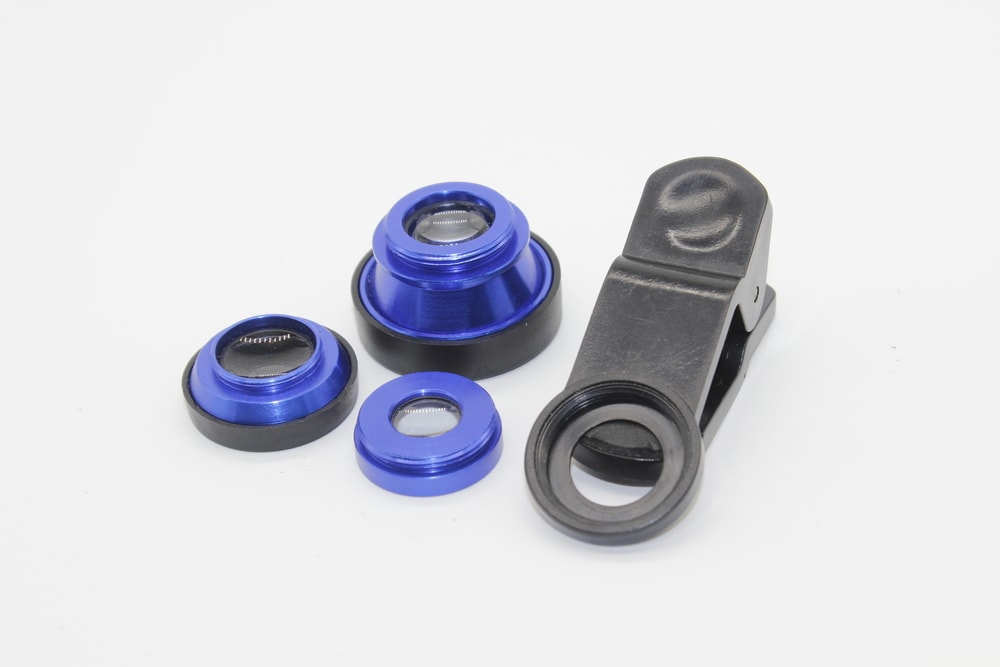
Types Of Lenses For Videography
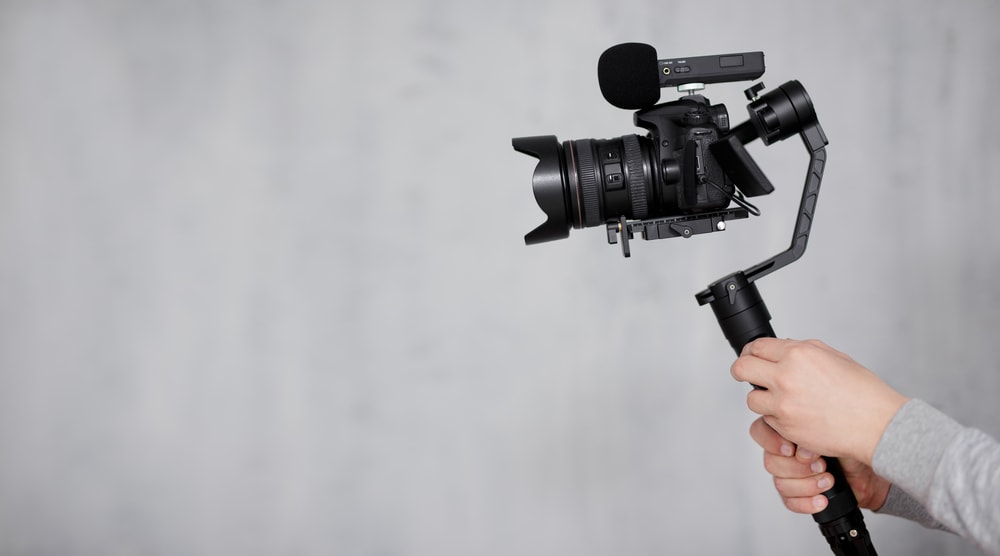
Videography is slightly different from cinematography. While they share many of the same styles and have a lot of overlap, videography has one important difference.
A videographer typically uses the technology available on a digital camera rather than on a cinema camera. This means that a videographer is going to be using a DSLR or mirrorless camera rather than the types of cameras you’ll find in Hollywood.
This also means that they’re going to be shooting on photography lenses rather than cinema lenses. Many of today’s photography lenses are fully capable of handling video and can even produce quality that’s ready for the movies.
There’s also a distinction in the types of video taken by a videographer. Cinematographers often make movies and documentaries most videographers tend to do things like wedding videos, product videos, and videos for social media.
What Counts As A Zoom Lens?
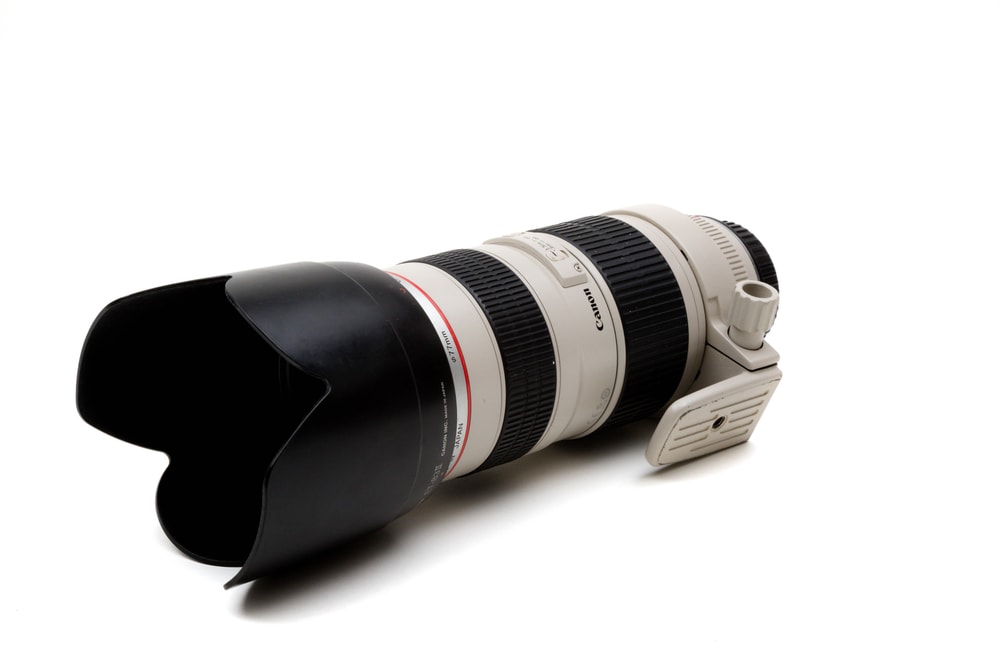
The term zoom lens applies to any type of lens that has multiple focal lengths in a single lens. There’s typically a ring that you can turn that allows you to zoom in or zoom away from your subjects.
Zoom lenses have more mechanical parts which mean it’s more likely to experience mechanical failures. This is rare with high-quality lenses, this is occasionally a problem with lenses that are budget or low quality.
It’s important to know that a zoom lens doesn’t have to have a high focal length. Zoom lenses can be a wide angle or any combination of focal lengths.
What Makes A Prime Lens Unique
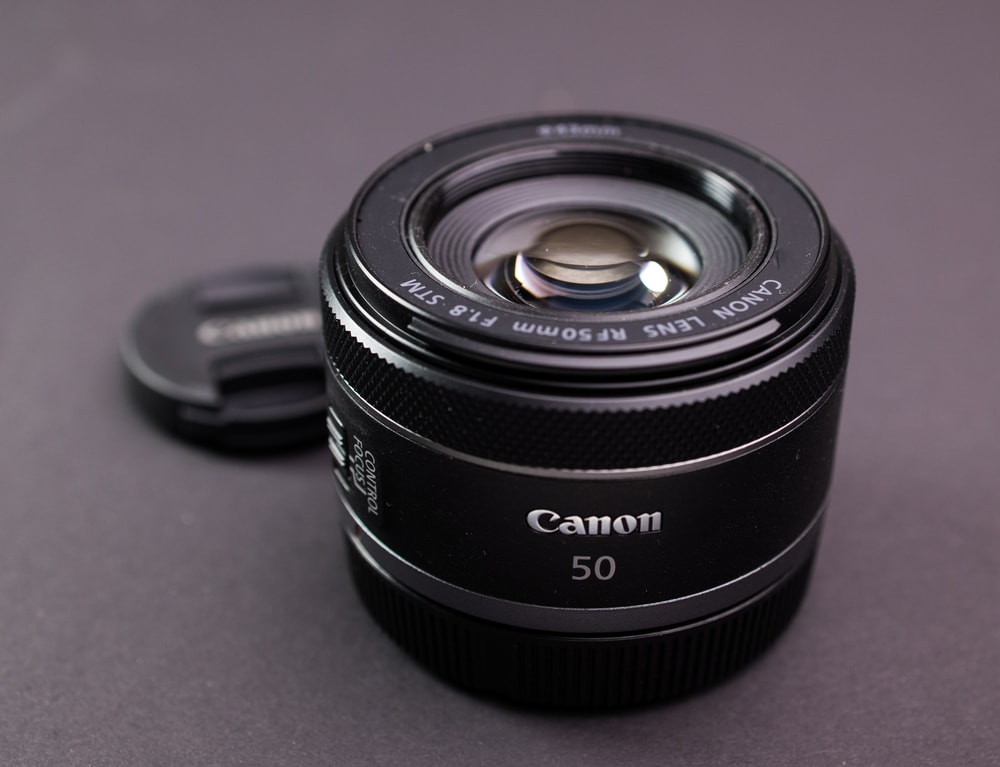
A prime lens is simply a lens that has just a single focal length. These lenses often have a simple design which means that they’re less likely to experience a mechanical failure.
There are also fewer glass elements between the light entering your lens and the digital sensor or film. This means that you’re going to get a cleaner image that’s less likely to be distorted.
Prime lenses are incredibly popular amongst professional and amateur photographers alike. Many photographers will throw a prime lens into their daily photographer bag just to have one on hand.
Prime lenses can be wide angle or even ultra-telephoto.
What Are Some Weird Camera Lenses?
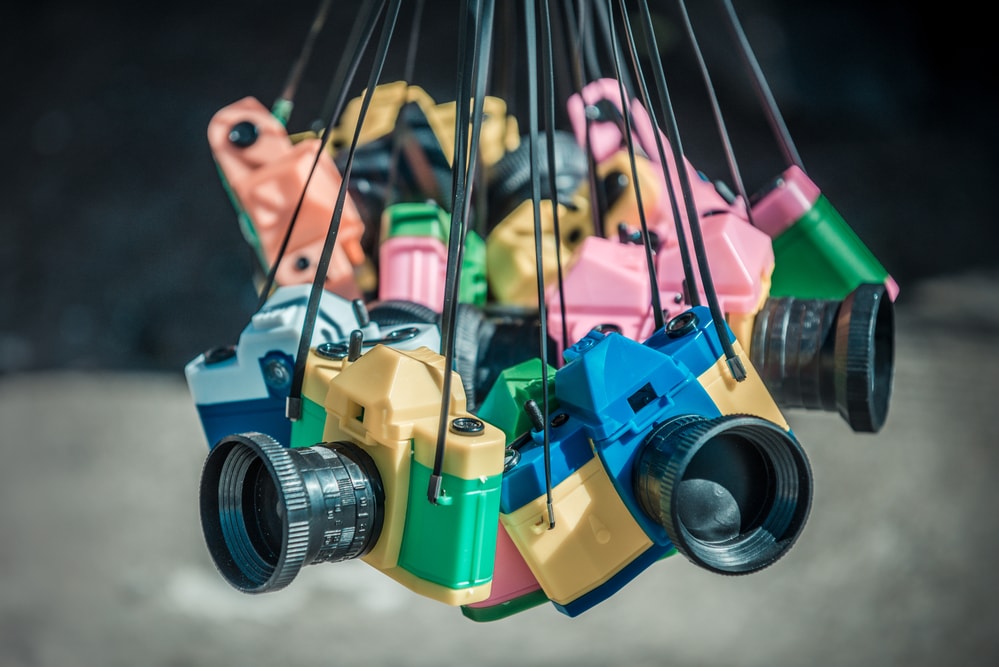
There are plenty of camera lenses out there that are sure to turn some heads. These are lenses that people don’t see very often and have pretty niche uses. However, if you pick up one of these lenses, you’re sure to be able to take some truly unique photographs.
- Helios 44 — An old soviet lens, this lens creates a “swirling” bokeh pattern that is truly unique
- Holga Lenses — These are technically toy lenses, but they are popular in the art world
- Pinhole lenses — These lenses have no glass and use a very small hole to let light in. They are technically the oldest type of camera lens
Wrapping Up Every Type Of Lens Ever
Which lens is right for you? Are you looking to add some essential prime lenses to your kit or do you want to jump right in with a specialty bokeh lens or an interesting Deakinizer lens?
No matter which lens you pick, you’ll be able to explore photography and learn more about your style in the process. All of these lenses can produce professional and artistic images. So, pick up a new lens today and get your creative juices flowing!

